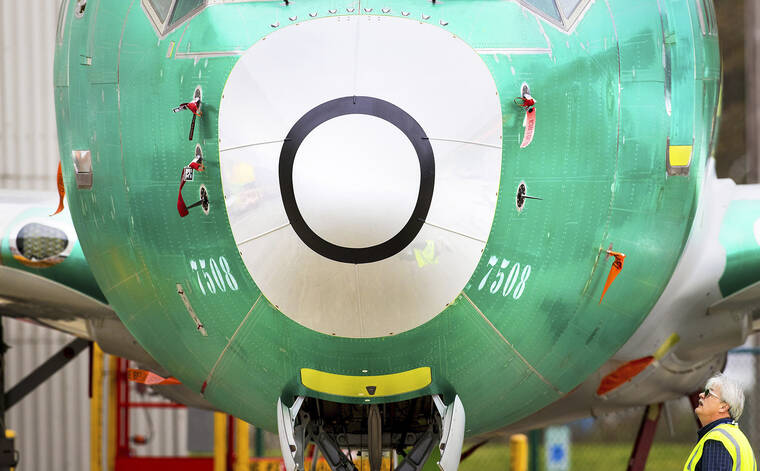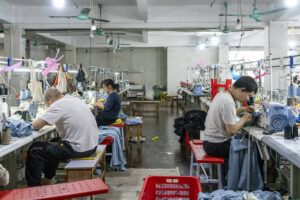FAA’s ‘cozy’ relationship with Boeing at issue again after Alaska Air blowout
Following the crashes of two 737 Max jets that left more than 300 people dead and Boeing’s reputation for safety in tatters, Congress held probing hearings that unmasked limp and malleable federal oversight of how American planes are built.
While the flying public enjoyed the safest decade on record until the crashes five years ago, Boeing capitalized by persistently convincing the Federal Aviation Administration to narrow its scrutiny of the company’s factory floor, former employees of the company and its chief regulator told The Seattle Times. With each passing year, the FAA ceded a little more of its authority by deputizing manufacturers like Boeing to police the quality of their own work.
ADVERTISING
Congress held hearings in 2020 investigating the twinned tragedies in Ethiopia and Indonesia, crashes caused primarily by engineering mistakes at Boeing. The panel reached the conclusion that Boeing — not the FAA — was comfortably piloting its own regulatory fate, and demanded a course correction.
Internal communications between Boeing and the FAA, testimony from experts who’d seen Boeing’s manipulation of the FAA, and surveys of FAA employees uncovered during that 2020 inquiry showed technical design flaws and faulty assumptions about pilot responses, as well as management failures by both Boeing and the FAA, were instrumental in the chain of errors that led to the crashes.
Years have passed since his committee issued that report, but former U.S. Rep. Peter DeFazio says the government still hasn’t solved its Boeing problem.
“You’ve got to turn this company around because it’s a mess,” the Oregon Democrat said recently. “The worst part of the equation is Boeing, but it will take political pushing because there’s so much inertia there.”
DeFazio’s hearings resulted in a new law — the Aircraft Certification, Safety, and Accountability Act — and FAA promises to strictly monitor the quality of Boeing aircraft. But critics of the FAA now say the slow action on those legislated changes and promises have meant alarmingly little.
“Since ACSAA became law, Boeing has supported implementation of the legislation, including providing full transparency for the FAA’s expert review panel in its evaluation of our safety culture and other safety measures,” Boeing said in a statement responding to questions from The Times. “Over the past several years, we’ve taken a number of significant actions to strengthen our safety practices and culture.
From the moment Congress began investigating the relationship between Boeing and its regulator, the chumminess was evident, according to DeFazio.
“When we started the investigation, FAA was referring to Boeing as ‘a customer,’ I said, ‘They’re not your customer. You’re regulating in the interest of public safety,’” DeFazio said. “But they had evolved into this cozy relationship. They kept expanding the (delegation of authority) — less and less FAA regulation.”
Surveys of FAA employees and managers in early 2020 unearthed by the hearings found “external pressure from industry is strong and is impacting safety culture.” Technical experts at the FAA said their safety recommendations were commonly ignored. Among the survey respondents, 43% did not believe the FAA appropriately delegated authority to people outside the agency.
When Boeing couldn’t fix a problem on the factory floor, the company flexed its muscle on the floor of Congress or the executive offices of the FAA to seek grace instead, the House committee report showed.
Employees and managers at the FAA described “pressure to find win-win solutions that benefit industry. Many reported that industry would escalate issues to senior (FAA) leadership and/or Congress if FAA employees were perceived as ‘getting in their way.’





